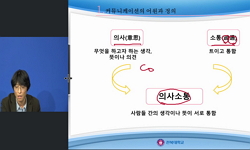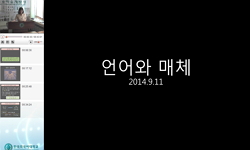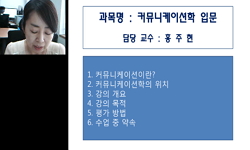<P><B>Background</B></P><P>Smartphones are increasingly receiving attention from public health scholars and practitioners as a means to assist individuals’ health management. A number of smartphone apps for smoking cess...
http://chineseinput.net/에서 pinyin(병음)방식으로 중국어를 변환할 수 있습니다.
변환된 중국어를 복사하여 사용하시면 됩니다.
- 中文 을 입력하시려면 zhongwen을 입력하시고 space를누르시면됩니다.
- 北京 을 입력하시려면 beijing을 입력하시고 space를 누르시면 됩니다.
https://www.riss.kr/link?id=A107543122
- 저자
- 발행기관
- 학술지명
- 권호사항
-
발행연도
2014
-
작성언어
-
- 주제어
-
자료형태
학술저널
-
수록면
e44
- 제공처
-
0
상세조회 -
0
다운로드
부가정보
다국어 초록 (Multilingual Abstract)
<P><B>Background</B></P><P>Smartphones are increasingly receiving attention from public health scholars and practitioners as a means to assist individuals’ health management. A number of smartphone apps for smoking cessation are also available; however, little effort has been made to evaluate the content and functions of these apps employing a theoretical framework.</P><P><B>Objective</B></P><P>The present study aims to analyze and evaluate the contents of smoking cessation apps available in South Korea employing the self-determination theory (SDT) as a theoretical framework for analysis. This study analyzes the extent to which smoking cessation apps have features that satisfy the basic needs identified in the SDT, which stimulate autonomous motivation. The type of motivational goal content manifested in the apps and how the goal content was framed are also explored. By assessing the features of smoking cessation apps based on the SDT, this study aims to offer direction for improvement for these apps.</P><P><B>Methods</B></P><P>Out of 309 apps identified from the iTunes store and Google Play (excluding 27 duplications), 175 apps were randomly drawn and analyzed. The coding scheme was drafted by the authors based on the SDT and gain/loss framing theory and was further finely tuned through the process of coder training and by establishing intercoder reliability. Once the intercoder reliability was established, the coders divided up the rest of the sample and coded them independently.</P><P><B>Results</B></P><P>The analysis revealed that most apps (94.3%, 165/175) had at least one feature that tapped at least 1 of the 3 basic needs. Only 18 of 175 apps (10.3%) addressed all 3 basic needs. For goal content, money (53.7%, 94/175) showed the highest frequency, followed by health (32.0%, 56/175), time (7.4%, 13/175), and appearance (1.1%, 2/175), suggesting that extrinsic goals are more dominantly presented in smoking cessation apps. For the framing of goal content, gain framing appeared more frequently (41.7%, 73/175).</P><P><B>Conclusions</B></P><P>The results suggest that these smoking cessation apps may not sufficiently stimulate autonomous motivation; a small number of apps addressed all 3 basic needs suggested by the SDT (ie, autonomy, competence, and relatedness). The apps also tended to present extrinsic goal content (primarily in terms of money) over intrinsic ones (ie, health) by primarily adopting gain framing. Implications of these findings for public health practitioners and consumers are discussed.</P>
동일학술지(권/호) 다른 논문
-
- JMIR Publications Inc.
- Kim, Jae Heon
- 2014




 ScienceON
ScienceON






